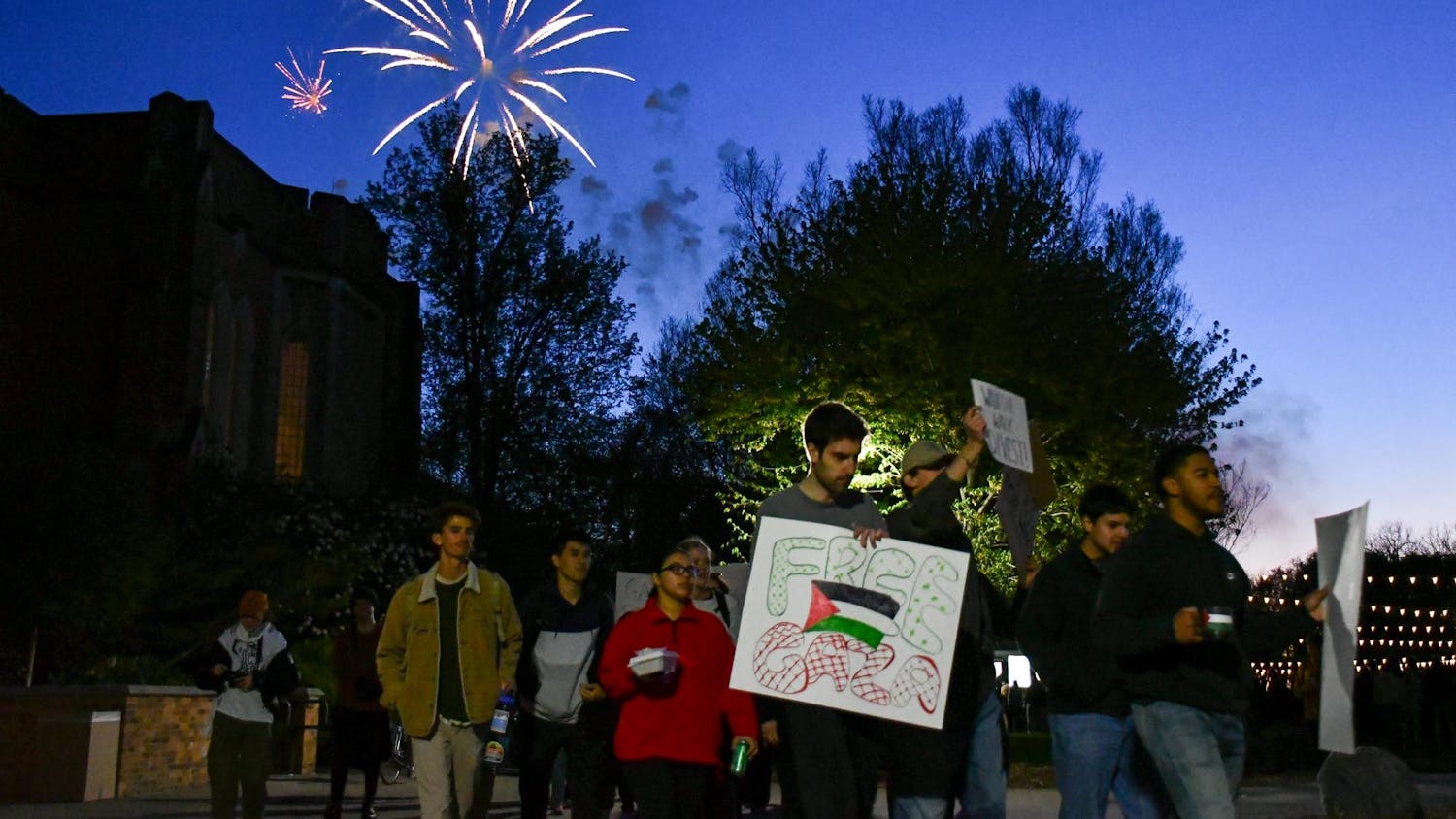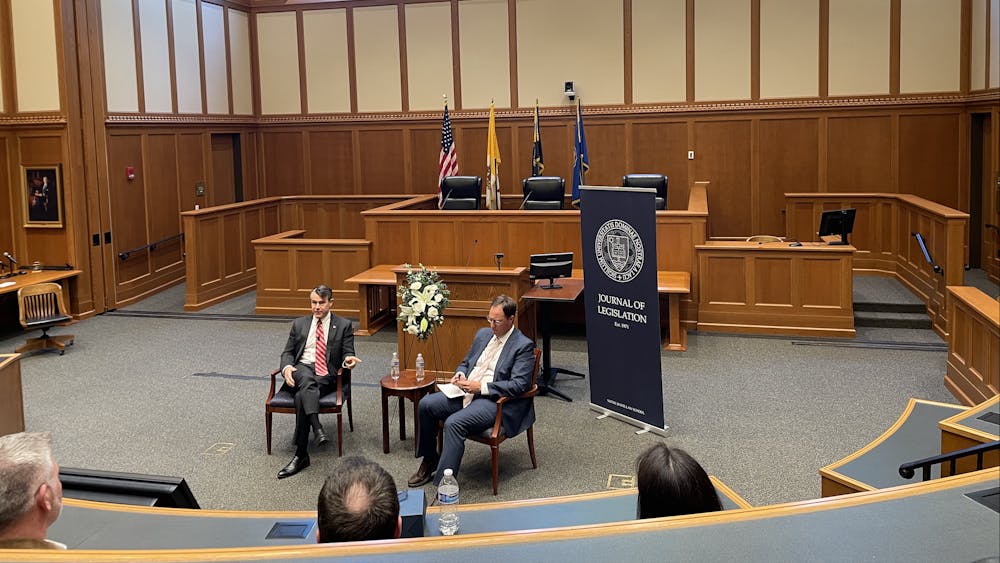Students depressed by continual snowfall, below-freezing temperatures and cloudy skies can seek refuge in the Inner Resources Room in St. Liam Hall, University Health Services staff psychologist Wendy Settle said.
Settle said every year thousands of Americans fall victim to seasonal affective disorder (SAD), a type of clinical depression that emerges during the long and dark winter months.

Research shows people need a certain amount of sunlight to maintain their well-being. Settle said light absorbed by the body stops the production of melatonin, a hormone produced to help the body sleep. During the winter, people are drowsier because the body produces more melatonin with fewer hours of daylight.
"We become almost like a bear hibernating," she said.
Symptoms of SAD include depression, fatigue, irritability and weight gain, according to Settle. About one to two percent of Americans experience severe symptoms, while 10 to 25 percent encounter the "winter blues," a watered-down version of SAD with milder symptoms, such as over-eating and over-sleeping.
Victims of SAD and the winter blues typically reside in the middle latitude regions of the United States, Settle said. As residents of South Bend, students at Notre Dame and Saint Mary's are extremely vulnerable.
The Inner Resources Room, located on the third floor of St. Liam Hall, was designed specifically to help students suffering from winter depression on campus. In addition to a massage chair, negative ion therapy and a mini waterfall hanging on the wall, the Inner Resources Room offers light therapy.
The Light Box provides full spectrum light with no UV rays. While the large lamp does not tan skin at all, Settle said the light box rejuvenates students suffering from depression with its artificial sunlight.

The Inner Resources Room has one Light Box on hand as well two others available for rental. Settle said thirty minutes per day could snap light box users out of their winter funk.
Most patients use light therapy in the early morning hours, Settle said.
"[The light box] is best to use in the morning," she said, "because it tricks your body into thinking your day has been extended."
Benefits of light therapy include higher energy levels, better concentration, fewer mood swings and a better night's sleep. The Inner Resources Room is available for students, faculty and staff without any recommendation or official diagnosis from a doctor.
Patients start to feel a difference in as little as three to four days, and research shows light therapy's effectiveness rate is similar to antidepressants, Settle said.
Light therapy can benefit an individual feeling the effects of SAD but Settle said professional treatment is still the best option for anyone suffering depression.
"Anyone with symptoms of SAD should be evaluated by a physician to determine the best treatment option," she said.












